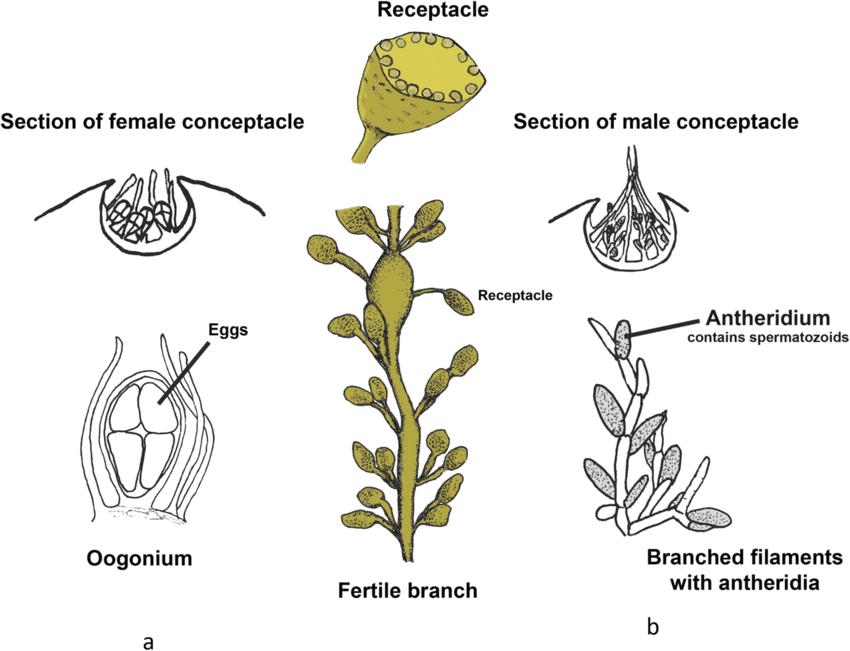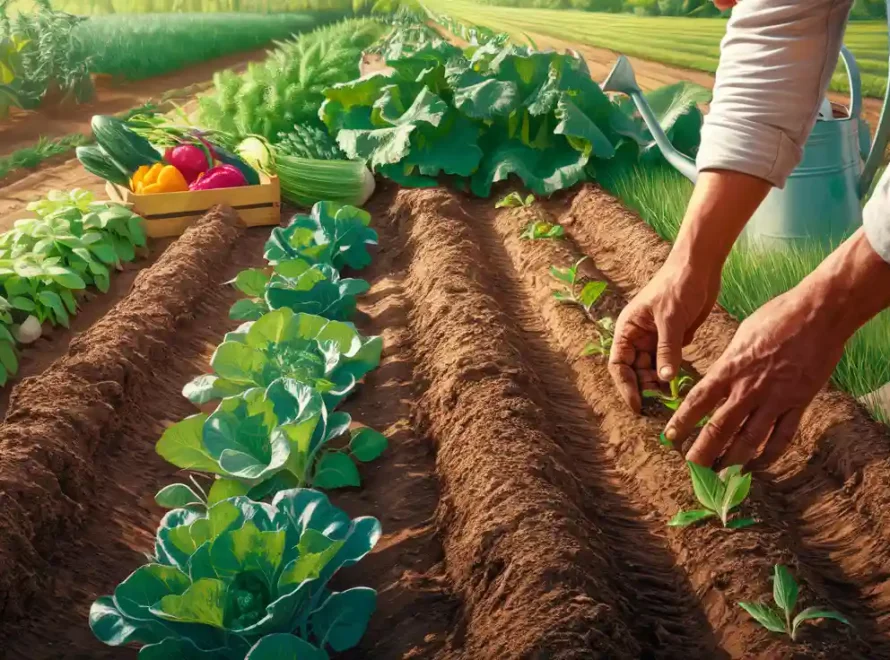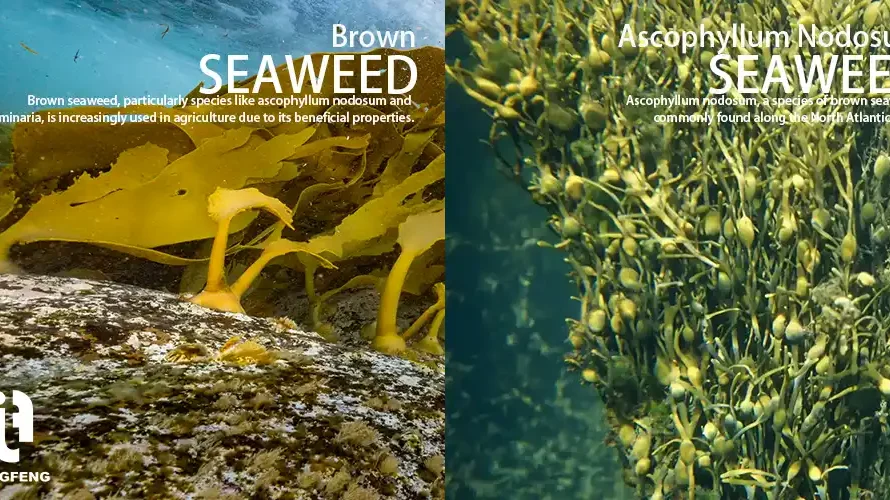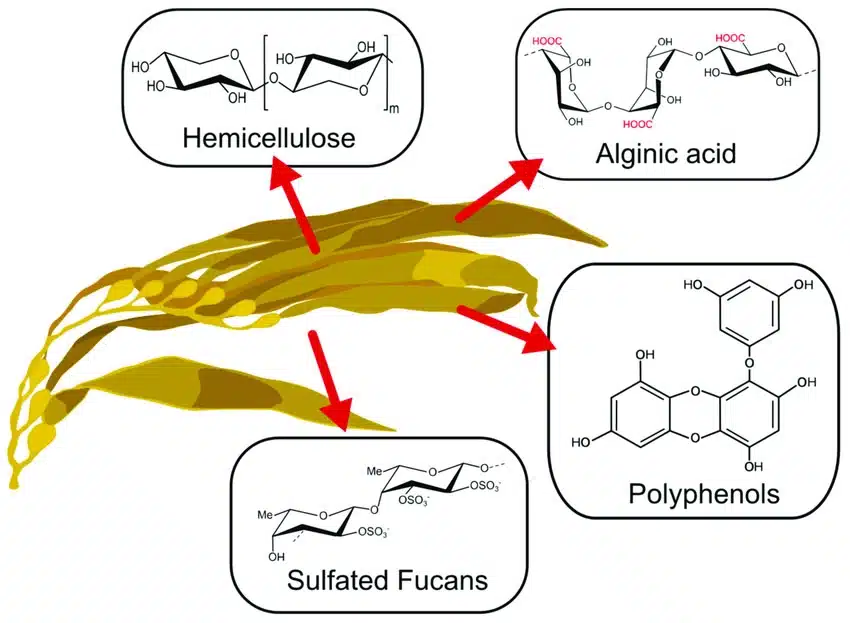Seaweed extract fertilizer is derived from seaweed or marine algae and is used to enhance plant growth and improve overall plant health. Several types of seaweed can be used to make seaweed extract fertilizer, but some of the most commonly used species include Ascophyllum nodosum, Ecklonia maxima, and Sargassum.
The best material for seaweed extract fertilizer depends on the specific requirements of your plants and the availability of seaweed species in your region. However, Ascophyllum nodosum is often considered one of the best seaweeds for fertilizer production. Due to its high nutrient content and beneficial plant growth-promoting substances.

Ascophyllum nodosum extract fertilizer contains a wide range of essential nutrients. Such as nitrogen, phosphorus, potassium, and trace elements like iron, zinc, and manganese. It also contains natural growth hormones, including auxins, cytokinins, and gibberellins. Which can stimulate plant growth, root development, and overall plant vigor.
 Ascophyllum nodosum grows in the North Atlantic and Arctic Ocean waters between 40-65° north latitude. The growth zone is mainly on seabed rocks or near the seaside. Where the water flow is rapid, the water temperature is low, and it is in the tidal zone. This causes Ascophyllum nodosum to be exposed to low-temperature, high-salinity seawater during high tide, and to a dry, hot environment during low tide. Such a harsh environment has enabled Ascophyllum nodosum to acquire strong stress resistance during its long evolution. On the other hand, Ascophyllum nodosum extract fertilizer is rich in mineral nutrients and organic nutrients. That made it is the best raw material for processing seaweed fertilizer.
Ascophyllum nodosum grows in the North Atlantic and Arctic Ocean waters between 40-65° north latitude. The growth zone is mainly on seabed rocks or near the seaside. Where the water flow is rapid, the water temperature is low, and it is in the tidal zone. This causes Ascophyllum nodosum to be exposed to low-temperature, high-salinity seawater during high tide, and to a dry, hot environment during low tide. Such a harsh environment has enabled Ascophyllum nodosum to acquire strong stress resistance during its long evolution. On the other hand, Ascophyllum nodosum extract fertilizer is rich in mineral nutrients and organic nutrients. That made it is the best raw material for processing seaweed fertilizer.
Ascophyllum nodosum grows in a harsh environment, creating very strong tissues and organs. And can independently synthesize a variety of active substances with anti-stress properties, allowing it to thrive in harsh environments. There are more than 66 active substances in its extract. The total content of alginic acid is as high as 50%. The polysaccharide content of seaweed is also much higher than that of other algae.
Test data shows that Ascophyllum nodosum extract has outstanding effects in improving crop quality, increasing yield, improving stress resistance, and improving fruit commerciality. Taking the test of Ascophyllum nodosum extract on tomatoes as an example. 2 liters of Super 50 was mixed with 500 liters of water per hectare, and was applied in 4 times. The first time was one month after planting, and then on 7, 10, and 21 After three applications. The tomato yield increased from 38.5 tons per hectare before use to 47.95 tons per hectare, an increase of 25.5%.


Ecklonia maxima and Sargassum are also commonly used in seaweed extract fertilizers and offer similar benefits to Ascophyllum nodosum. These seaweeds are rich in nutrients, trace elements, and bioactive compounds that can enhance plant growth, improve nutrient uptake, and increase plant resistance to environmental stresses.
When choosing a seaweed extract fertilizer, it’s essential to select a reliable product from a reputable manufacturer. Look for products that are derived from sustainably harvested seaweed. And undergo proper processing to retain the beneficial properties of the seaweed. Additionally, consider the specific needs of your plants and consult local agricultural experts or horticulturists for recommendations tailored to your region and crop requirements.





